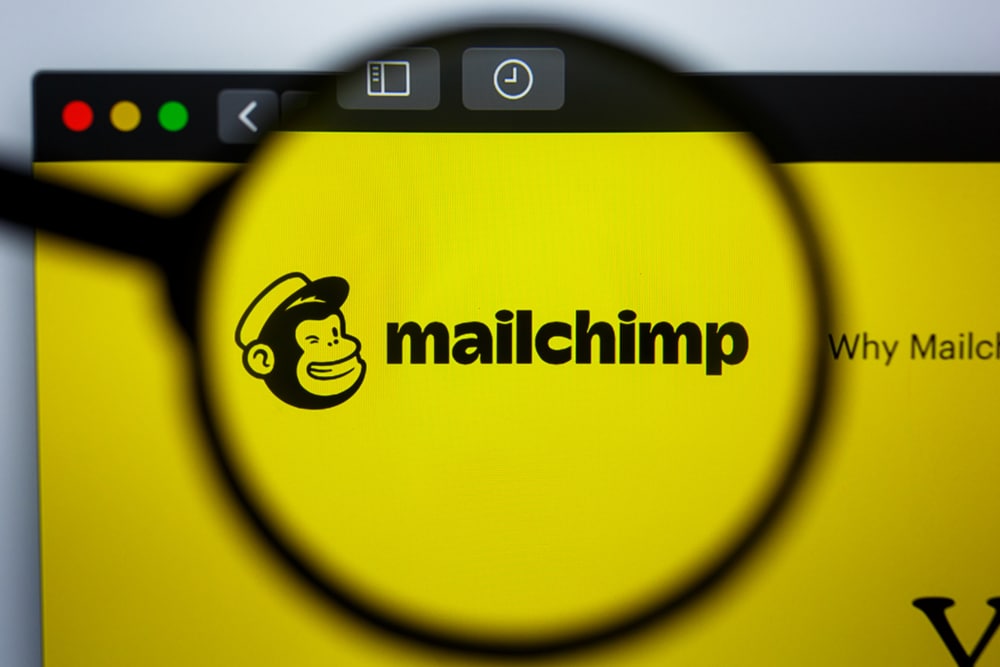MailChimp audience segmentation isn’t often spotted at the top of anyone’s to-do list. It can be one of those tasks you just want to avoid. That’s partly because this is often an area in which marketers are less well-versed. Again, this is one aspect of business communication that is mired in endless variations and possibilities. There are countless ways to categorise your audience data.
It may help to first unpack the term itself. ‘Segments’ are simply filters used to help you reach and isolate contacts with shared characteristics. Location data is the most obvious example of this. Many international businesses will segment email marketing based on large groupings of different countries. For example, some travel companies will use: Australia, United States, United Kingdom and Europe.
Don’t Be Overwhelmed
One thing that MailChimp have introduced to make audience segmentation easier is the use of tags. Using these intuitive tags (customisable labels attached to contacts) you can quickly create segments as you work. In addition to this, the audience dashboard is also an impressive tool to explore your central audience and start the core task of defining your groupings. In there, you may spot new opportunities to pre-build segments and match contacts together as partnered email recipients. There is a long list of ways you can refine this process, but here are a few basic segmentation tools we always fall back on for the best results.
Ways To Segment Your Audience
The following conditions are laid out with short descriptions of what they control when it comes to segmentation. You’ll find a table with all these options listed in drop-down menus on MailChimp. Your subscriber data will always be limited by the data you have available in your specific audience. This is why targeting fields and sign up forms are so important.
Campaign Activity: Build your segments based on the way in which your subscribers interact with email campaigns. For example, if recipients were sent multiple campaigns over the years, but didn’t open any them, you might want to exclude them from future correspondence.
Contact Rating: This is an easy condition to use, allowing you to bunch subscribers into labelled segments, like least and most engaged. This also relates to a contact’s Email Marketing Status. Whereby you determine the status of a contact based on how they interact with your various marketing campaigns.
Date Added: This condition will help you to build a segment based on how recently each subscriber signed up to your mailing list, or was imported into one of your audiences. Remember, sign up time is automatically converted into Coordinated Universal Time (UTC). This might be useful if you want to reach out to subscribers who joined in the previous 72 hours.
Location: Surely the most commonly used condition when it comes to segmenting audiences. MailChimp will dig into all your geolocation data and detect where subscribers signed up from when they filled out your MailChimp form. Of course, location segments must also be paired with specific advertising to the region you’re targeting.
Predicted Demographics: Another widely used way to divide audience data is by referring to age and gender. Some of your personalised campaigns might be more relevant to women. In which case it might be beneficial to exclude all men.
Poll Activity: You can use merge tags from polls and surveys in the campaigns you run. In this way you will be able segment subscribers based on various criteria, like whether or not they responded in the first instance. You can also build audiences based on individual responses as well.
Other Integrations: More opportunities are unlocked when you integrate an e-commerce platform with MailChimp. Maybe you want to highlight your subscribers’ purchase activity and target certain buyers. It’s vital to know who your strongest leads are and thereby stay in touch with them. Or, you might want to utilise the SurveyMonkey integration and create your segments from survey interactions and requested data direct from your audience. Mind you – as is true with all of the above – these conditions rely on your business being able to collect enough data to make accurate predictions.
Did you find this article useful? Please let us know.


